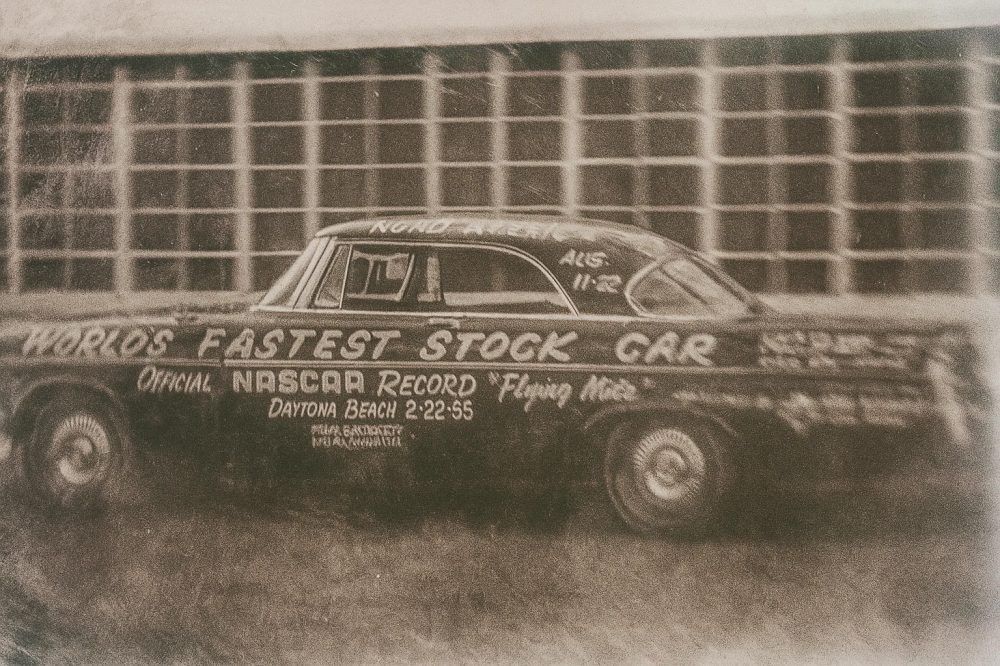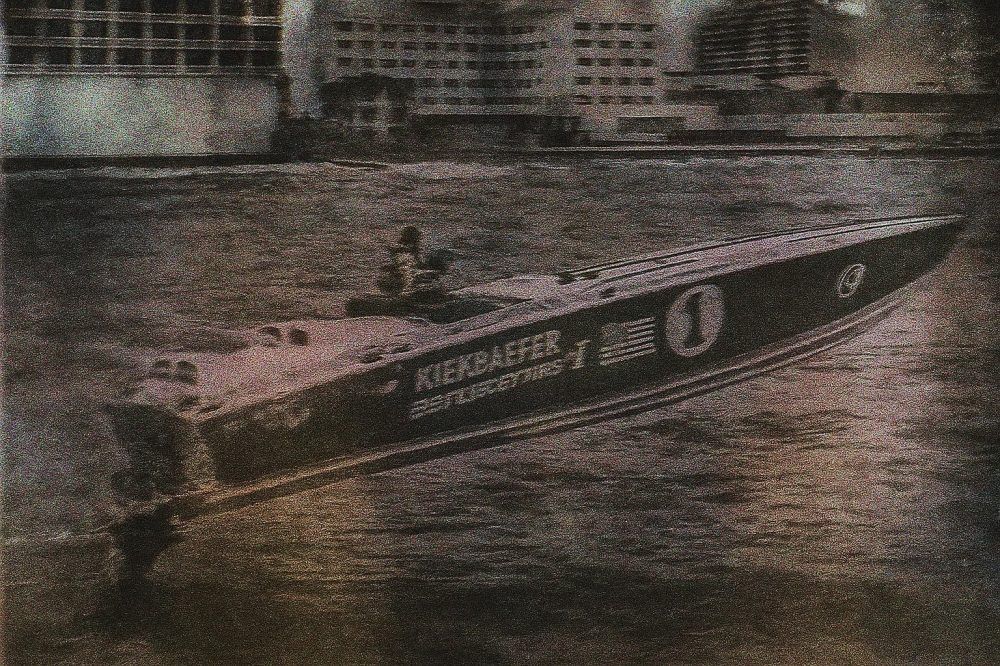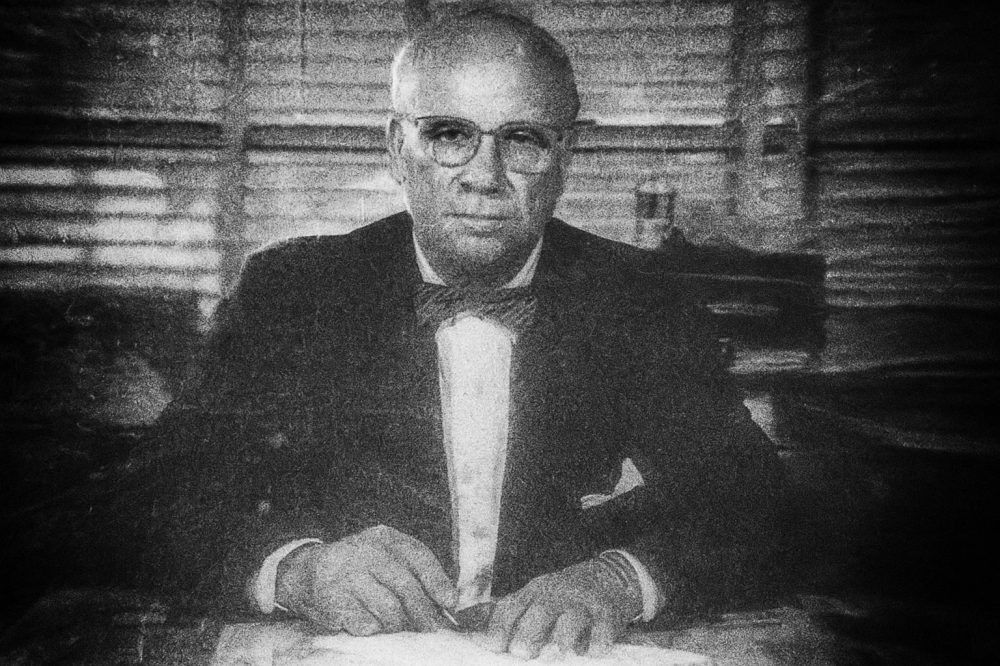Carl Kiekhaefer and the History of Mercury Marine: A Legacy of Speed and Innovation
Mercury Marine – A story is one of relentless innovation.
Mercury Marine’s story is one of relentless innovation. From a small Wisconsin farm, Carl Kiekhaefer built a marine empire. His vision revolutionized boating. Moreover, it dominated offshore powerboat racing. For over 85 years, Mercury Marine has led with performance and reliability. Let’s explore this incredible journey.
The Birth of Mercury Marine
In 1939, Carl Kiekhaefer, born in 1906 in Mequon, Wisconsin, changed history. He purchased a bankrupt engine plant in Cedarburg. Initially, he planned to make dairy equipment. However, 300 defective Thor outboard motors came with the deal. Kiekhaefer redesigned them. He replaced faulty crankshafts with forged ones. Consequently, these engines, branded “Mercury” after the Roman god of speed, debuted at the 1940 New York Boat Show. They secured over 16,000 orders. Thus, Mercury Marine was born.
During World War II, Kiekhaefer shifted gears. He produced lightweight chainsaws and a 35-hp drone engine. Meanwhile, he developed key outboard innovations. For instance, the rubber water pump rotor improved durability. Similarly, the one-piece drive shaft housing and reed valve induction system set industry standards. As a result, Mercury’s reputation for reliability grew.
Racing Roots and a Culture of Winning
Kiekhaefer’s competitive spirit defined Mercury. In 1947, the Mercury Lightning (KE-7), a 10-hp two-cylinder outboard, won big. It triumphed in the 130-mile Albany-to-New-York marathon. This victory showcased Mercury’s speed. Additionally, Kiekhaefer saw racing as a marketing tool. So, in 1948, he pushed the American Power Boat Association (APBA) to sanction Stock Utility classes. This pitted Mercury against Evinrude and Johnson.
In 1949, the Thunderbolt, a 25-hp four-cylinder outboard, hit the scene. Its racing version neared 40 hp. Later, it evolved into the Mark 40, 50, and 55 series. These engines solidified Mercury’s dominance. Furthermore, Kiekhaefer ventured into NASCAR in 1955–56. His team won 52 races with drivers Tim Flock and Buck Baker. Notably, he invented the paper air filter, now an automotive standard. However, unproven cheating allegations led to his 1957 NASCAR exit.

Back on water, Kiekhaefer intensified his focus. In 1957, he leased Lake Conlin, Florida, renaming it “Lake X.” This secretive testing ground was crucial. For example, the 1958 Operation Atlas saw two 70-hp Mark 75 outboards complete a 25,000-mile endurance run. This equaled a global circumnavigation. Although some questioned covert repairs, it bolstered Mercury’s durability claims. Consequently, Lake X became a hub for testing outboards and sterndrives. Boats tested there earned the coveted “Dialed in at Lake X” sticker.
Offshore Powerboat Racing: Mercury’s Rise
The 1960s marked Mercury’s offshore racing era. The 1956 Miami-Nassau race sparked modern offshore racing. Then, the 1964 UIM Class 1 World Championship formalized it. In 1961, Mercury introduced the MerCruiser sterndrive at the Chicago Boat Show. It combined inboard power with outboard maneuverability. As a result, it captured 80% of the global sterndrive market. Engineers Jim Wynne and Charlie Strang developed a rival sterndrive, but Mercury’s version prevailed. Additionally, 1961 saw 100-hp and 125-hp outboards with the iconic “phantom black” cowl.
In the 1970s, Mercury’s racing dominance soared. Drivers like Renato Molinari, Bill Seebold, Reggie Fountain, Gary Garbrecht, and Earl Bentz led the charge. They used Mercury’s SSM Speedmaster lower units and cleaver propellers. In 1974, the Black Max, the first V6 outboard, set new benchmarks. Tested at Lake X, it powered victories in races like the Cowes-Torquay, launched in 1961 by Sir Max Aitken. Meanwhile, Mercury ventured into snowmobile racing in 1975. The Sno-Twister and Trail Twister dominated oval tracks, influencing modern snowmobile design.
The 1980s saw offshore racing’s popularity surge. Miami Vice made high-performance boats iconic. Mercury-powered Wellcraft Scarab 38 KV boats became cultural symbols. In 1987, Miami Vice star Don Johnson won the Budweiser Challenge Cup. His 43-foot Scarab, powered by twin MerCruiser 630-hp Lamborghini V12s, conquered the 1,039-mile Mississippi River race. Furthermore, Class 1 races featured five-ton catamarans hitting 160 mph with twin 1100-hp engines. Mercury competed fiercely with brands like Sterling and Lamborghini.

Leadership Shifts and Continued Innovation
In 1961, Mercury merged with Brunswick Corporation. Carl Kiekhaefer resigned in 1969. However, he founded Kiekhaefer Aeromarine, creating K-Planes (trim tabs) and Zero Effort controls. Brunswick acquired these in 1990. Carl’s son, Fred Kiekhaefer, led Mercury Racing from 1990 to 2012. He introduced the 1992 MerCruiser 525SC, the first supercharged, warrantied marine engine. Later, 600-hp and 750-hp models followed. Additionally, the 1990 LT-5 engine, adapted from the Corvette ZR-1, powered the “Wette Wette” runabout.
In 2000, Mercury Racing rebranded for recreational performance. The 2010 QC4 platform, led by Erik Christiansen, launched 1350-hp and 1100-hp sterndrives. These powered boats to 190 mph. In 2017, Mercury partnered with Powerboat P1. By 2022, the Mercury Racing 1100 Competition engine became the UIM Class 1 standard. The 300R and 450R outboards powered SuperStock and Stock 450 classes. Notably, the 450R paced the 2019 Roar Offshore race on an Avalon pontoon.
Modern Achievements and Sustainability
Mercury’s influence remains strong. It supports Powerboat P1’s APBA/UIM series, including Class 1, where catamarans with twin 1100-hp V8s hit 160 mph. In 2024, Mercury joined the E1 World Championship. It developed a 150-kW (200-hp) electric outboard for the series. This blends performance with sustainability. Celebrating 50 years of Mercury Racing in 2024, the company continues testing at Lake X. The 1350 sterndrive, fully in-house, offers luxury-car drivability and customizable aesthetics.













